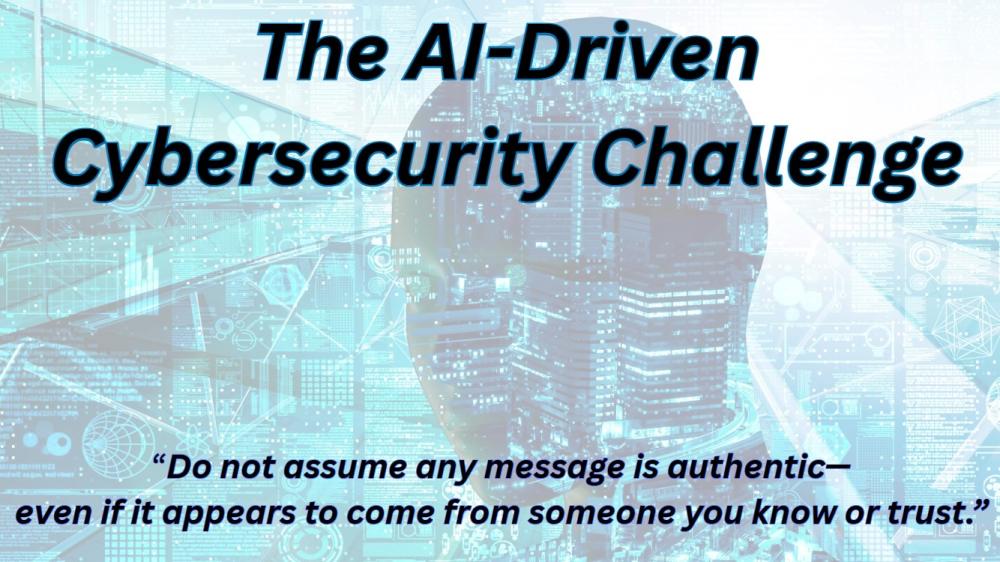The AI-Driven Cybersecurity Challenge
In an era where artificial intelligence is rapidly transforming communication, the line between real and fake has become dangerously blurred. The FBI has issued a stark warning about a new wave of AI-powered cyberattacks that are so sophisticated, traditional signs of phishing or fraud are no longer reliable indicators. These attacks are not just targeting the general public—they are zeroing in on high-profile individuals, including current and former U.S. government officials.
What’s Happening?
Recently, both Gmail and Outlook users have been alerted to a surge in hyper-realistic phishing emails and voice scams. These messages are crafted using generative AI, making them nearly indistinguishable from legitimate communications. Attackers are now capable of:
- Spoofing phone numbers of trusted contacts or institutions.
- Cloning voices to impersonate colleagues, friends, or officials.
- Creating deepfake videos and images that appear authentic.
- Crafting flawless emails that mimic real correspondence.
The FBI’s Warning
The FBI has uncovered an ongoing campaign using text and voice messages that appear to come from senior U.S. officials. These messages are designed to:
- Steal credentials via malicious links.
- Install malware on devices.
- Exploit trust by impersonating known individuals or institutions.
The bureau emphasizes: “Do not assume any message is authentic—even if it appears to come from someone you know or trust.”
Why This Is Different
Unlike traditional phishing, which often contains typos or suspicious formatting, AI-generated content is polished and convincing. The use of deepfake technology means attackers can now:
- Bypass voice biometric systems.
- Trigger financial transactions through fake executive video calls.
- Manipulate emotions and urgency with realistic audio and visual cues.
How to Protect Yourself
Experts recommend a multi-layered defense strategy:
- Verify identities independently—call back using known numbers or official channels.
- Scrutinize all communications, even if they appear legitimate.
- Avoid clicking links or downloading attachments unless you’ve confirmed the source.
- Look for subtle signs of manipulation in media—distorted features, unnatural movements, or mismatched audio.
- Adopt a mindset of healthy skepticism—especially with unsolicited requests for sensitive information or urgent actions.
The Bigger Picture
This isn’t just about individual scams. The broader concern is financial crime, corporate espionage, and national security threats. As AI tools become more accessible, the barrier to launching these attacks drops, making everyone a potential target.

David Snell joins Rob Hakala and Beth Foster of the South Shore’s Morning News on 95.9 WATD fm every Tuesday at 8:11
You can listen to this broadcast here: https://actsmartit.com/ai-driven-cybersecurity-challenge/














